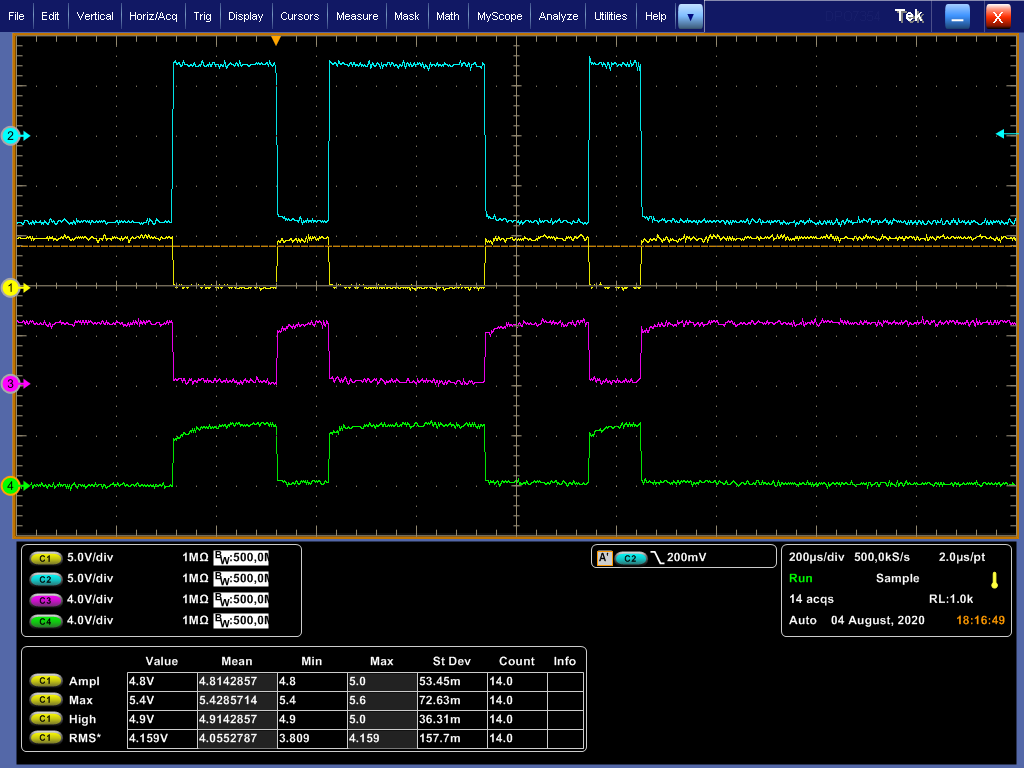Hello TI interface team!
I have to make up a interface adaptor containing, among other parts, a RS232 <-> RS422 conversion.
For those I have selected the abovementioned components. They are directly coupled back-to-back by their logic-side signals.
While I can see interface activity on both sides, the devices do not talk to each other.
Would I have needed to invert the data signals between the two ICs?



